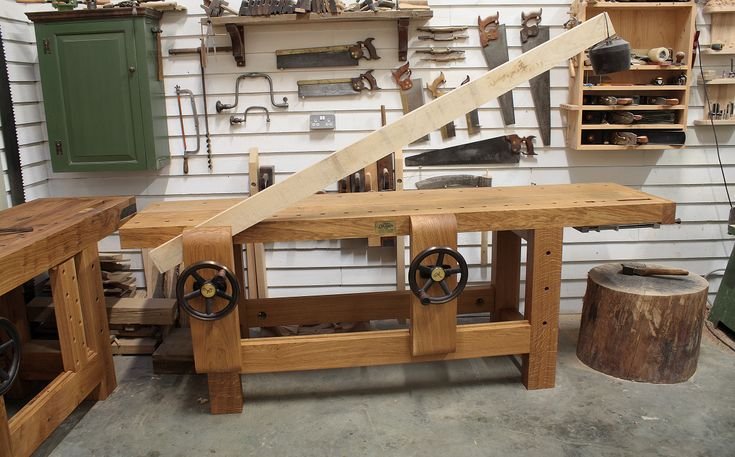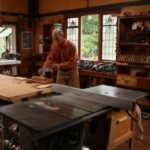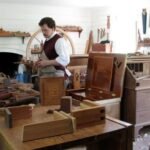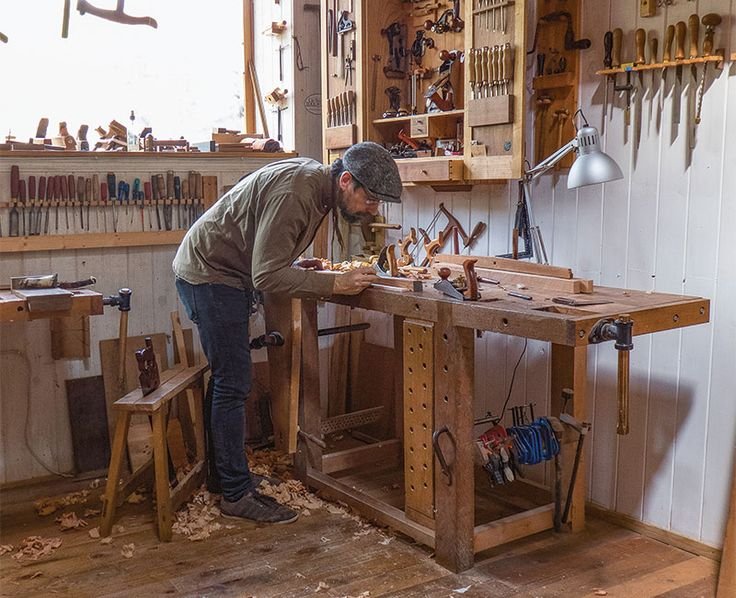The Joys and Jitters of Old Woodworking Tools
You know, there’s something about the smell of fresh-cut wood that takes me back. I can still recall the day I decided I’d dive into woodworking. I’d seen those shiny, new tools at the hardware store, and sure, they suggested convenience. But, if I’m honest, they just didn’t have that charm.
So there I was, sipping my coffee one Saturday morning, scrolling through an online auction site. Out popped a vintage hand plane, made by Stanley. My heart raced. It had that beautiful patina, the kind that tells stories you wouldn’t even believe. I thought to myself, “This is it. This is the tool that will teach me patience.”
But let me tell you, buying that plane was only the beginning of my adventure—or misadventure, really.
The First Shavings
Now, you might think using a hand plane is straightforward. I mean, it’s just the thing you hold and slide across the wood, right? Ha! Not so fast. The first time I picked that beauty up, I could feel the excitement, but boy, did I also feel fear creeping in. I grabbed a piece of soft pine—just something I had lying around, nothing fancy. The moment I started pushing the plane across the grain, I understood what they meant by “the learning curve.”
I almost gave up when all I managed to do was get splinters in my hands and a whole lot of rough edges. I can hear my dad now, “Patience, son, patience.” But let me tell you, my brain was screaming, “Why won’t this work?”
After some tinkering—read: a lot of staring and shaking my head—I figured out that adjusting the blade depth made a world of difference. I relaxed my grip, even took a nice, deep breath or two. And when that first clean shaving curled its way out into my lap, I nearly laughed out loud.
Old Towne Tools
Sometimes, all you really need is a bit of history to push you along, you know? A few weeks later, my neighbor, old Mr. Thompson, stopped by while I was fighting with some boards. He’s been around for decades and knows his way around tools like no one I’ve ever met.
“What’s the problem, young buck?” he asked, with his trademark twinkle in his eye. I motioned to the jigsaw I had borrowed—and promptly, unsuccessfully, attempted to use.
He chuckled and—get this—whipped out his old coping saw from his pocket, the thing presumably dating back to the moon landing. “Sometimes,” he said with a smirk, “less is more.” The thing about Mr. Thompson was that he had a way of making the old tools feel like magic. I remember how I could smell the varnish from the years, how the wood of the handle felt warm and inviting. After a few minutes of watching him, I got it. The trick isn’t just in the tool but in the way you use it.
I picked up that coping saw—my hands trembling just a bit—and tackled a few curves in the wood that had seemed impossible. Boy, was I surprised when I saw those nice, clean lines.
The Right Kind of Wood
Fast forward a few months, I got a little confident, maybe too confident? I decided, “Hey, why not go for something a bit more intricate?” So, I went to the lumber yard and picked up this glorious piece of oak. The smell, oh man, it was like walking into a sweetened forest.
I thought about using my new handsaw—the one with the bright red handle. But I remembered Mr. Thompson, and how using the right tools meant also knowing when to use them. So I grabbed that old back saw instead.
Let me tell you, cutting through that oak was like slicing through warm butter with that saw. The satisfying squeak, the way the dust flew, it felt magical. It reminded me of carefree summers when I used to play in my granddad‘s backyard—the sound of rustling leaves filtered through splintered beams.
But here’s the kicker: I really got cocky when I decided to refine those edges with a rasp. Didn’t realize how easy it was to overdo it. I’d scooped out a bit too much from the corners. Ugh, I almost tossed it across the room. That’s when I had to remind myself—woodworking is a dance with patience.
Bringing It All Together
Eventually, I pieced it all together into a small side table, the kind you can see in the living room next to an overstuffed armchair. The whole process felt like I was drawing a breath through the years. My dad walked in one afternoon, looked at it, and smiled. “You did good, son.”
And let me tell you, that meant the world to me. All those twisted thoughts of giving up, all those moments where the wood felt like a beast I couldn’t tame… they melted away with one simple compliment.
So if you’re sitting there, perhaps even contemplating jumping into this mess of woodworking with dusty tools and splintery wood, just go for it. They say every piece of wood has a story, right? Just a little patience, a dash of enthusiasm, and those old tools might surprise you in ways you never imagined. Breaking through those moments of doubt is what truly builds you, not just the table.
You’ll fumble, you’ll maybe even want to retreat for a bit. But trust me, when that first finished piece comes through, even those awkward moments will be worth it. So grab that plane or that rusty old coping saw. Give ‘em a shot. You never know what you might create.










